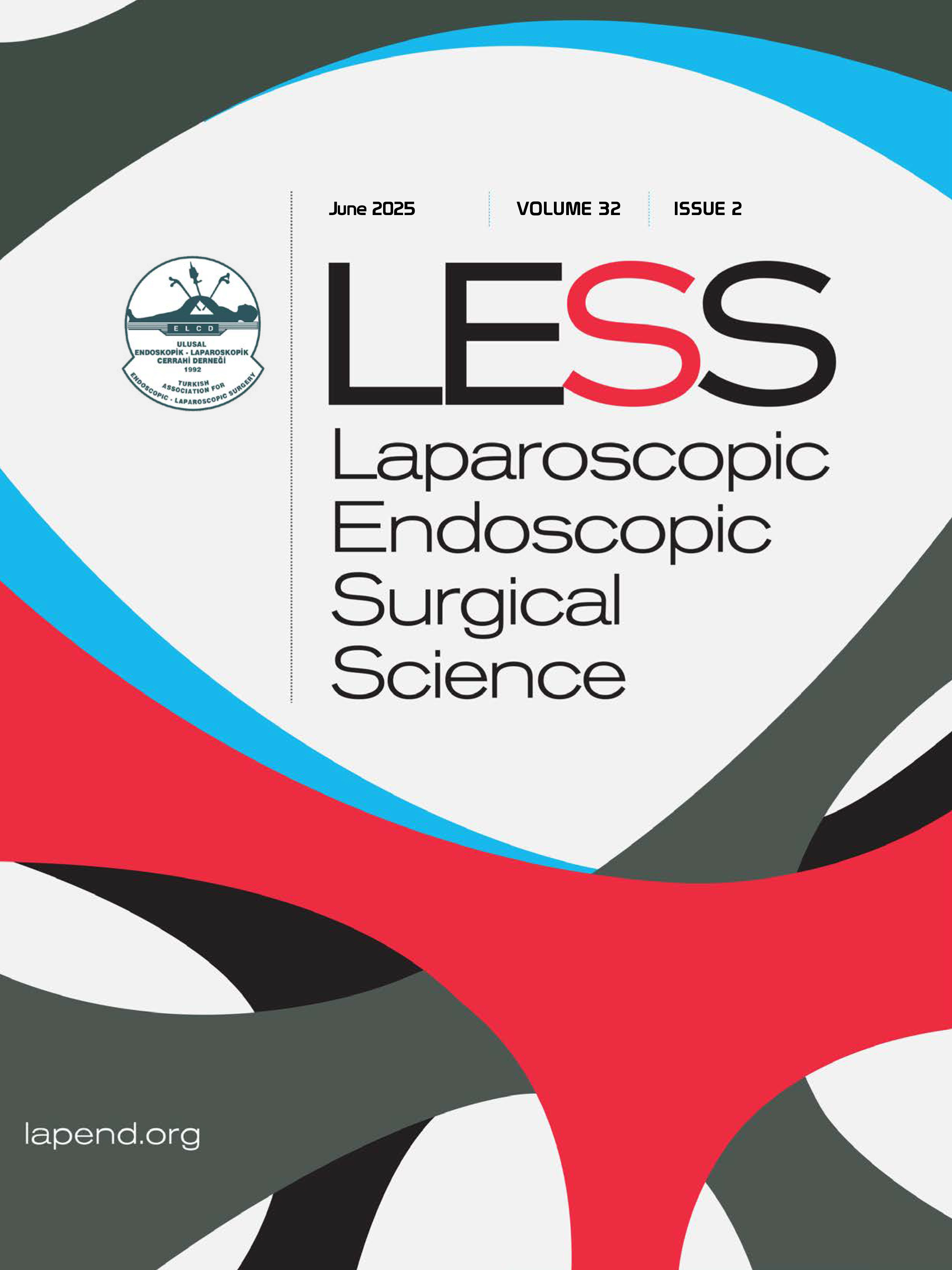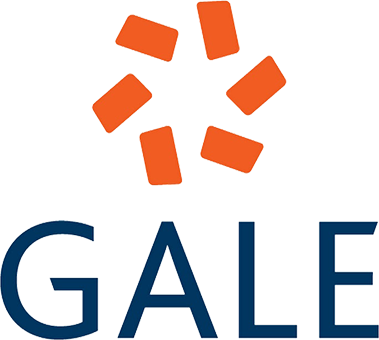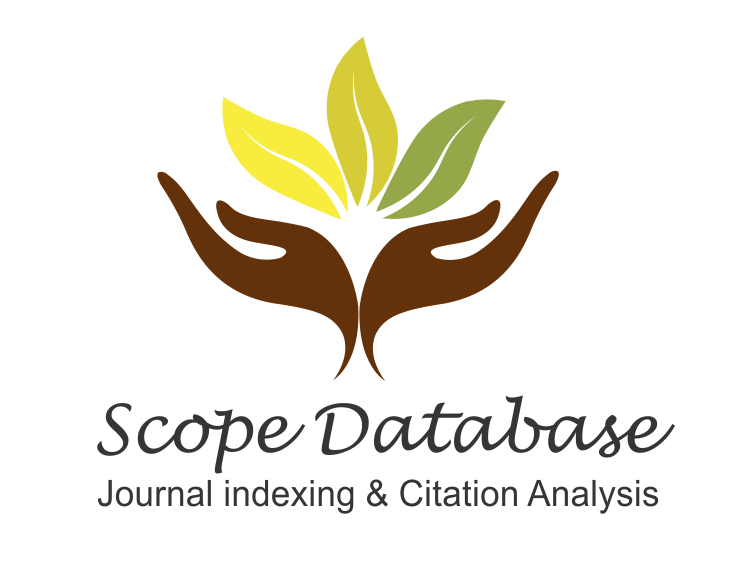The diagnostic value of hemogram parameters in gastric cancer and intestinal metaplasia
Vural Argın, Ahmet Orhan Sunar, Mehmet Ömer Özduman, Mürşit Dincer, Serkan Senger, Selçuk Gülmez, Orhan Uzun, Erdal Polat, Mustafa DumanDepartment of Gastrointestinal Surgery, University of Health Sciences, Kosuyolu Yuksek Ihtisas Research and Training Hospital, Istanbul, TürkiyeINTRODUCTION: Gastric cancer remains a global health issue with high mortality rates. Early diagnosis can significantly affect disease progression; however, current diagnostic methods are often invasive and costly. In recent years, the diagnostic potential of hematological parameters that reflect systemic inflammation has gained attention. This study aimed to evaluate the role of hemogram markers such as RDW, NLR, and MLR in the diagnosis of gastric cancer and intestinal metaplasia.
METHODS: A total of 155 patients with a diagnosis of gastric cancer, 200 individuals with biop-sy-proven intestinal metaplasia, and 353 healthy controls were retrospectively analyzed. Groups were com-pared in terms of age, sex, and complete blood count parameters. ROC analysis was performed to evaluate diagnostic performance and determine cut-off values.
RESULTS: The mean age was significantly higher in the gastric cancer group (p<0.001). Leukocyte count, neu-trophils, RDW, NLR, PLR, and MLR were significantly elevated, while hemoglobin and absolute lymphocyte counts were lower (p<0.001). RDW demonstrated the highest area under the curve (AUC) in distinguishing gastric cancer patients from healthy individuals (AUC: 0.948, p<0.001). In the comparison between intestinal metaplasia and healthy controls, RDW also had the highest AUC value (0.752, p<0.001), whereas the diag-nostic sensitivity of other hematological parameters was found to be low.
DISCUSSION AND CONCLUSION: Among hematological parameters, RDW, NLR, and MLR may serve as useful auxiliary biomark-ers in the diagnosis of gastric cancer. While RDW holds diagnostic significance in identifying intestinal metaplasia, other parameters had limited value. Given their accessibility and low cost, these parameters may hold a valuable place in clinical practice.
Manuscript Language: English















